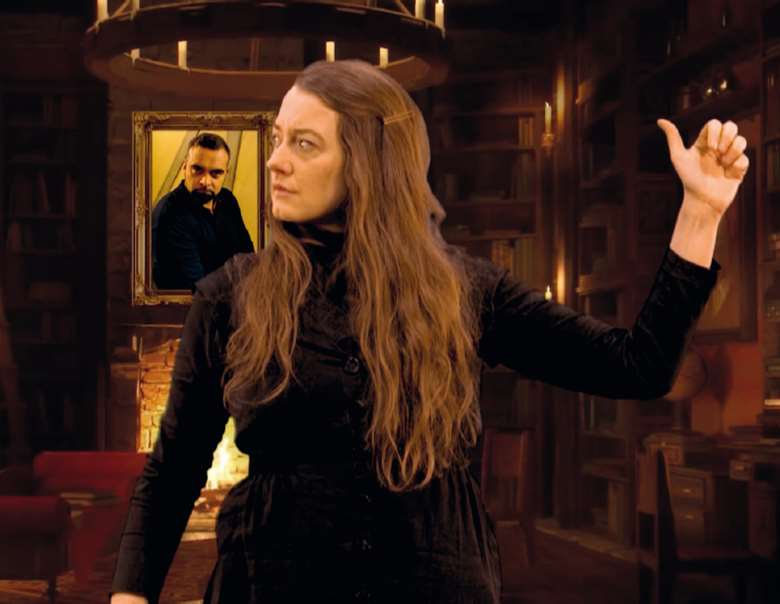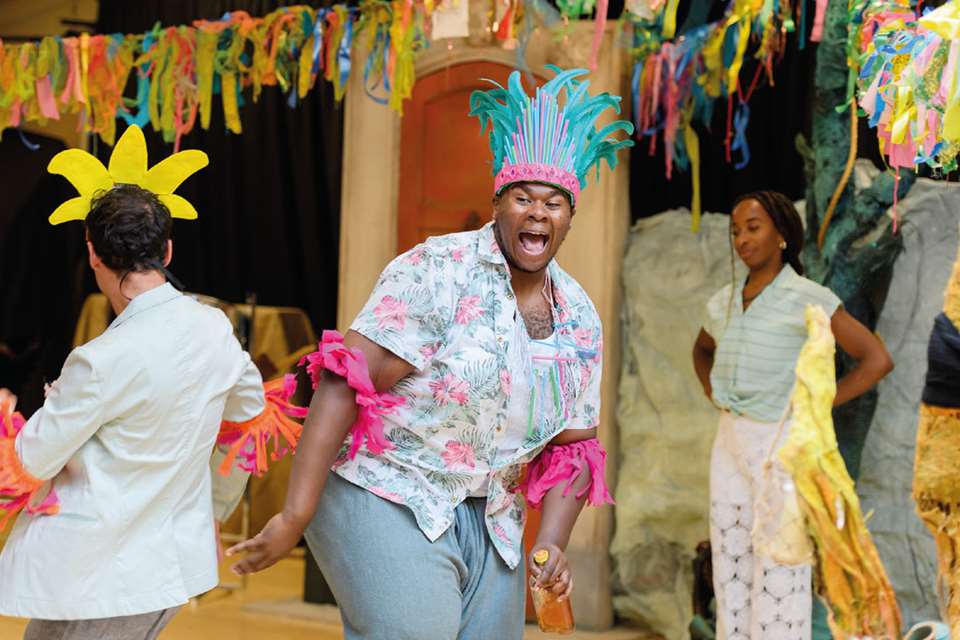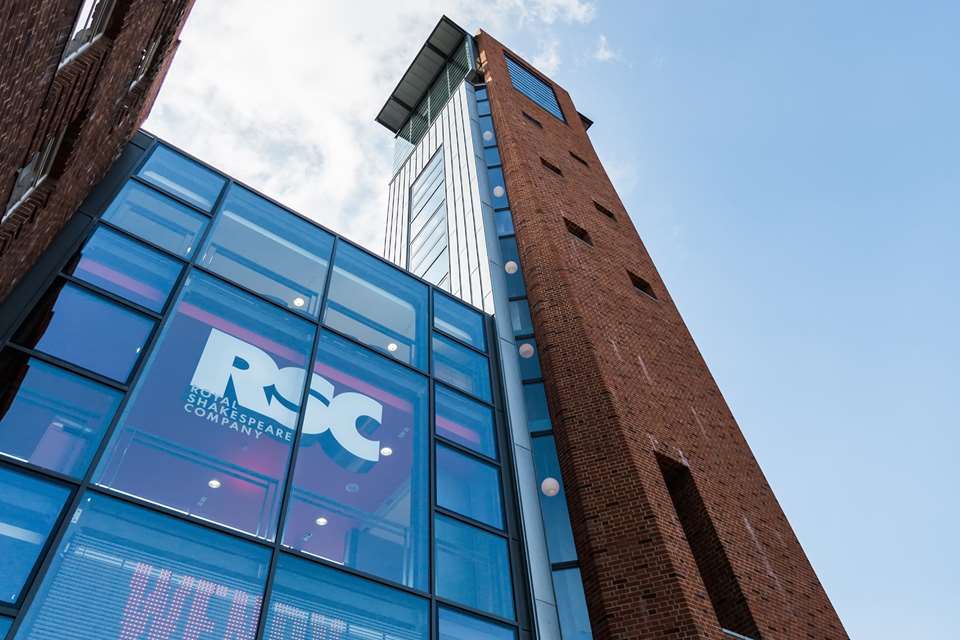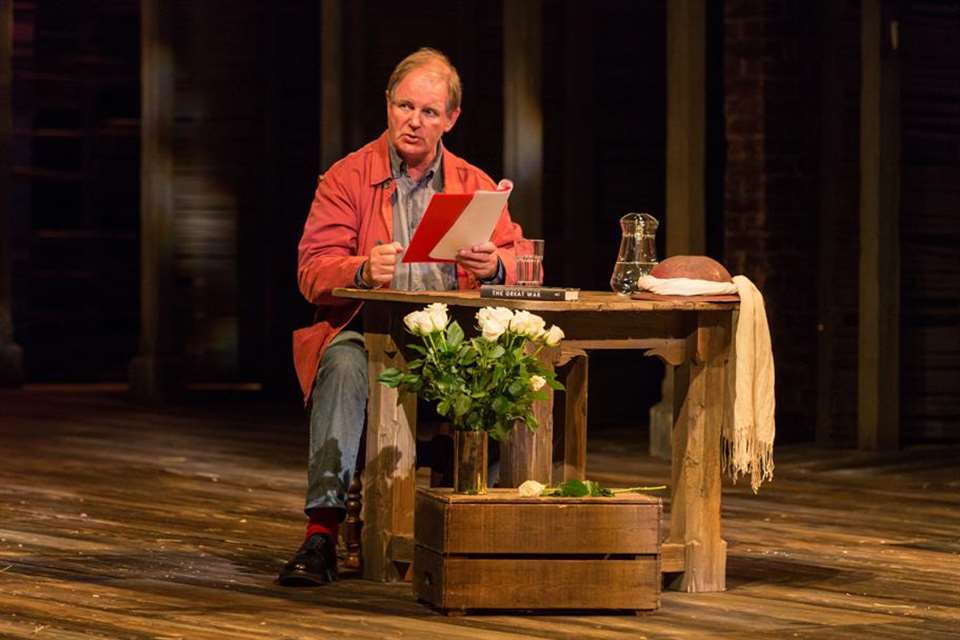RSC's Signing Shakespeare programme: Sign of the rhymes
Emily Garsin
Sunday, October 1, 2023
Looking into ways to translate Shakespeare into British Sign Language for students, Emily Garsin investigates the RSC's Signing Shakespeare programme.

Having to translate Shakespeare into British Sign Language is a daunting task for any teacher. Do you translate it literally or do you translate its meaning? This is an issue facing any teacher of the deaf to help their students access a core part of the English syllabus and one Alex McMullan-Bell, a teacher at a school in Barking, found the answer to courtesy of the RSC's Signing Shakespeare initiative. ‘The Signing Shakespeare resources are a godsend for both me and my students. To be able to access resources made with deaf learners in mind easily and for free is a lifesaver,’ he says.
How it started
Developed in collaboration with the University of Birmingham, the RSC's Signing Shakespeare programme consists of a range of active resources supported by image-rich PowerPoints structured around a series of filmed scenes in different forms of sign language. ‘Shakespeare is a compulsory element of the National Curriculum in England, yet many deaf young people struggle to access his work,’ says Dr Abigail Rokison-Woodall, a professor in Shakespeare and theatre at the University of Birmingham and the leader of this project. ‘As GCSE English is a requirement of entry to most UK universities, this will have an impact on their future educational and employment prospects. But it'll also have an impact on their social development, since Shakespeare is so heavily embedded in our cultural landscape.’
What's on offer
The resources currently consist of a scheme of work for Macbeth, the most widely taught of Shakespeare's plays, accessible through the RSC's Learning pages. ‘All of the resources are built around a series of films, of key scenes from the play, performed by deaf actors, in British Sign Language (BSL), Sign Supported English (SSE) and sometimes in a form of iconic, performative sign language,’ says Dr Rokison-Woodall, who is herself the parent of a deaf child. ‘One of the things I was most worried about was that [my son] would never be able to watch and enjoy a Shakespeare play. When the theatre company Deafinitely Theatre came to do a week of research and development at the RSC, I was invited into the rehearsal room. It was one of the most inspiring weeks I've spent. They were working on creating a version of Macbeth that might be accessible to both deaf and hearing audiences. I was struck by the clarity, the energy and the quality of the work. The process of translating Shakespeare into BSL is one of interpretation. It is a highly creative process that involves an in-depth analysis of what is being communicated. I knew that I wanted to learn more about sign and how it could help deaf children access Shakespeare.’
That was the start of the Signing Shakespeare programme, created in collaboration with Angie Wootten from the University of Birmingham and Dr Tracy Irish from the RSC.
How to use the resources
How can teachers use these resources in their own classrooms to explore Shakespeare's culturally significant range of plays and thereby enthuse and inspire deaf children? ‘The resources constitute a complete scheme of work for teaching the play,’ Rokison-Woodall explains. ‘They could be used in schools for deaf children, in units for deaf children attached to mainstream schools, or in classrooms where there are both hearing and deaf children. A teacher can follow all the suggested exercises or pick and choose what they think would work best with their cohort of students.’
But there are plans for the future as well. ‘One of the next stages of the project is for us to work with Braidwood School for the Deaf and Birmingham Rep to produce a live performance of scenes from The Tempest,’ Dr Rokison-Woodall says. This is good news for teachers like Alex McMullan-Bell, who is very much looking forward to teaching more of the Bard's works in this way. With this assistance he can give his deaf children an inclusive experience of Shakespeare's timeless tales.
A testimony
‘All the resources available are so well adapted in a way that creates engagement and allows teachers to use them in whatever way they feel best,’ he says. ‘To have access to videos where this has been done for you in three different styles by talented professionals takes away a great deal of stress and gives my students access to visually stimulating, accessible versions of key scenes.
What Signing Shakespeare offers:
-
A range of image rich resources and activities designed for deaf children to study Macbeth
-
Allows all children to fully access a key part of the National Curriculum for English through Drama
-
Filmed, signed key scenes performed by actors using BSL and SSE
-
Developed by the University of Birmingham and the RSC
-
Resources can be accessed on the RSC Learning Pages at rsc.org.uk/learn/schools-and-teachers/teacher-resources/signing-shakespeare-for-deaf-students
-
Coming soon… The Tempest resources and scheme of work







